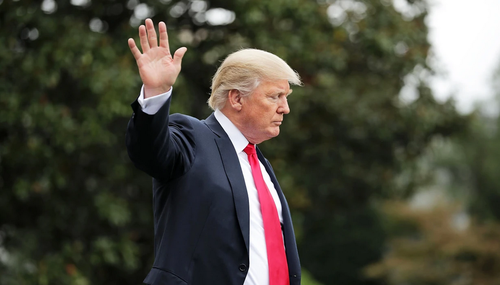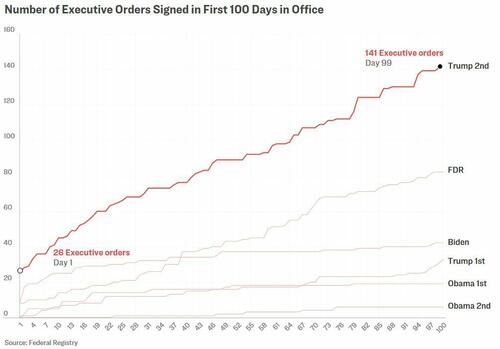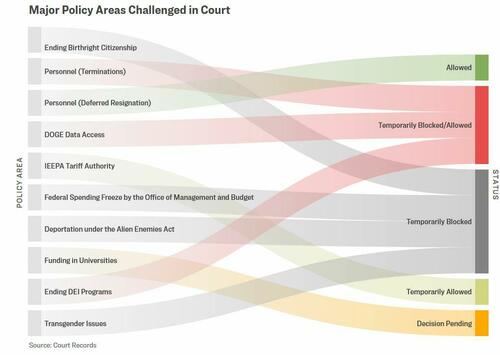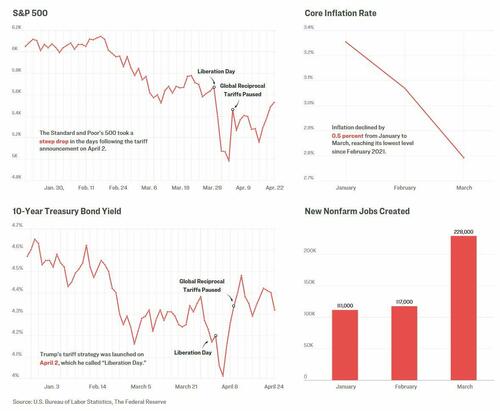
Upon returning to the White House, President Donald Trump unleashed a wave of executive orders and aggressive policy shifts, making his first 100 days of his second term one of the most impactful starts to a presidency in recent memory.

Now serving as the 47th president, Trump has resumed many of the core initiatives from his previous administration -initiatives he says were obstructed by the Russia probe, civil unrest tied to Black Lives Matter protests, and the disruptions of the COVID-19 pandemic.
With renewed urgency, Trump has zeroed in on the cornerstone issues of his “Make America Great Again” platform: securing the southern border, confronting China’s trade abuses, and boosting American energy independence.
And or course, the highly controversial tariffs that sent investors on a round-trip rollercoaster from hell this month.
Trump has already surpassed President Franklin D. Roosevelt’s historic mark of 99 executive orders within the first 100 days, a sign of his determination to reshape federal policy without waiting for Congress.

Which were of course met with a flood of legal challenges in front of left-wing judges…

Backers view Trump’s opening stretch as a return to American assertiveness, while critics argue it reflects executive overreach and instability.
Eager to seize the early momentum, Trump has pushed forward rapidly on both international and domestic priorities, knowing the political clock is already ticking.
As his administration hits the 100-day mark, here is a breakdown of the major actions taken so far by the Epoch Times.
Economic Indicators: Up, Down
Economic indicators mostly improved through March, the last month for which complete data is available. Nonfarm job creation nearly doubled since Trump took office, although the unemployment rate rose 0.2 percent.
Inflation declined by 0.5 percent, reaching 2.8 percent, its lowest level since February 2021.
Trump’s tariff strategy, launched on April 2, which he called “Liberation Day,” appeared to cause uncertainty among investors, which could affect economic indicators for April.

The president said his tariff strategy is to reverse the trade imbalance between the United States and other nations by levying reciprocal (more…)


 Bitcoin
Bitcoin  Ethereum
Ethereum  Tether
Tether  TRON
TRON  Stellar
Stellar  Litecoin
Litecoin  Monero
Monero  Ethereum Classic
Ethereum Classic  VeChain
VeChain  Maker
Maker  Zcash
Zcash  Tezos
Tezos  NEO
NEO  Dash
Dash  Decred
Decred  0x Protocol
0x Protocol  NEM
NEM  Ontology
Ontology  Lisk
Lisk  OMG Network
OMG Network  Bitcoin Gold
Bitcoin Gold